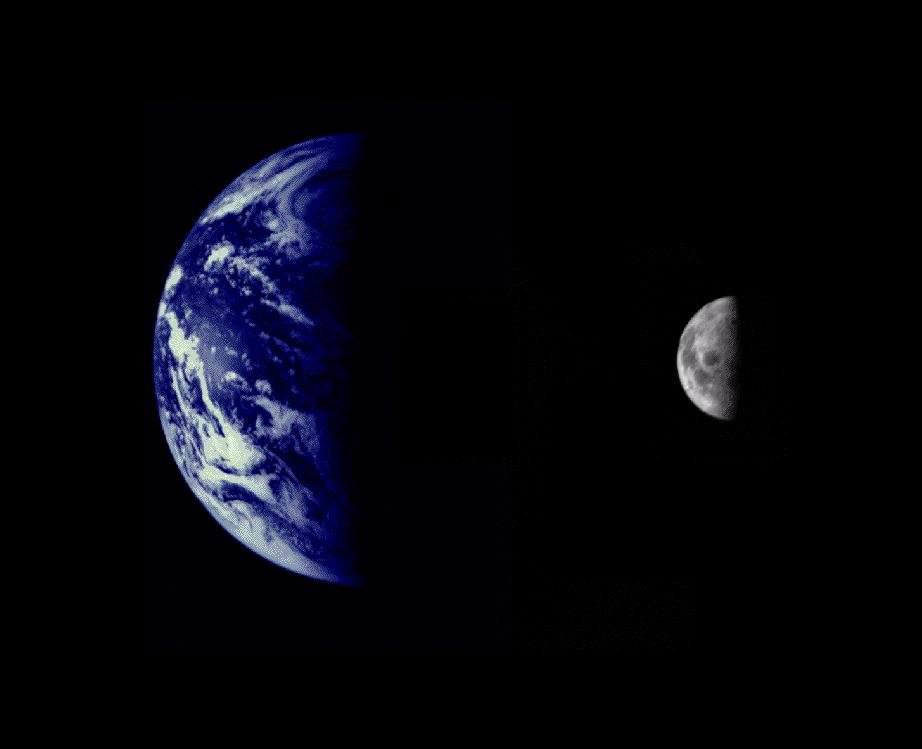Virgin Galactic's Historic Space Trip Heralds a Coming Age of New US Human Spaceflight Leaps
By
Mike Wall, Space.com Senior Writer | December 14, 2018 03:47pm ET
Virgin Galactic just brought human spaceflight back to American soil after a seven-year hiatus, and other private companies are poised to make some giant leaps of their own.
Virgin's VSS Unity suborbital spaceliner
soared to a maximum altitude of 51.4 miles (82.7 kilometers) during a rocket-powered test flight over California's Mojave Desert yesterday (Dec. 13).
The milestone marked the first U.S.-based crewed trip to the final frontier since NASA grounded its space shuttle fleet in July 2011. And it was the first spaceflight ever by a private vehicle designed to carry commercial passengers. (By one measure, anyway: Though many people place the boundary of outer space 62 miles, or 100 km, up at the "Karman Line," the U.S. Air Force awards astronaut wings to personnel who reach an altitude of 50 miles, or 80 km.) [
In Photos: Virgin Galactic's SpaceShipTwo Unity Soars to Space]
"Today, we have shown that Virgin Galactic really can open space to change the world for good," Virgin Galactic founder Sir Richard Branson said in a
postflight statement yesterday.
Virgin Galactic's VSS Unity spaceliner captured this view of Earth against the blackness of space during its fourth rocket-powered test flight, which took place on Dec. 13, 2018.
Credit: Virgin Galactic
"We will now push on with the remaining portion of our flight test program, which will see the rocket motor burn for longer and VSS Unity fly still faster and higher towards giving thousands of private astronauts an experience which provides a new, planetary perspective to our relationship with the Earth and the cosmos," he added. "This is a momentous day, and I could not be more proud of our teams who together have opened a new chapter of space exploration."
VSS Unity is designed to carry six passengers, two pilots and scientific experiments on brief trips to suborbital space. Virgin Galactic is selling seats on the vehicle for $250,000 apiece.
Yesterday's flight carried no passengers, just pilot Mark Stucky and co-pilot Frederick "C.J." Sturckow. But, given the mission's success, the first commercial flights of VSS Unity may be coming quite soon. And don't be surprised if another company officially gets into the space-tourism business at about the same time as Virgin.
Blue Origin, the spaceflight company run by Amazon.com founder Jeff Bezos, is developing its own reusable suborbital system called New Shepard, which has already aced multiple uncrewed test flights. Blue Origin plans to start
selling tickets to ride New Shepard next year, company representatives have said (though they have yet to disclose the price).
Virgin Galactic's VSS Unity zooms toward space during a rocket-powered test flight on Dec. 13, 2018.
Credit: Virgin Galactic/
www.MarsScientific.com & Trumbull Studios
And then there's orbital spaceflight. Two other American companies, SpaceX and Boeing, hold multibillion-dollar NASA contracts to fly astronauts to and from the International Space Station (ISS). SpaceX will use its Falcon 9 rocket and Crew Dragon capsule, while Boeing will do the job with its CST-100 Starliner capsule and United Launch Alliance (ULA) Atlas V rockets. [
Crew Dragon and Starliner: A Look at the Upcoming Astronaut Taxis]















